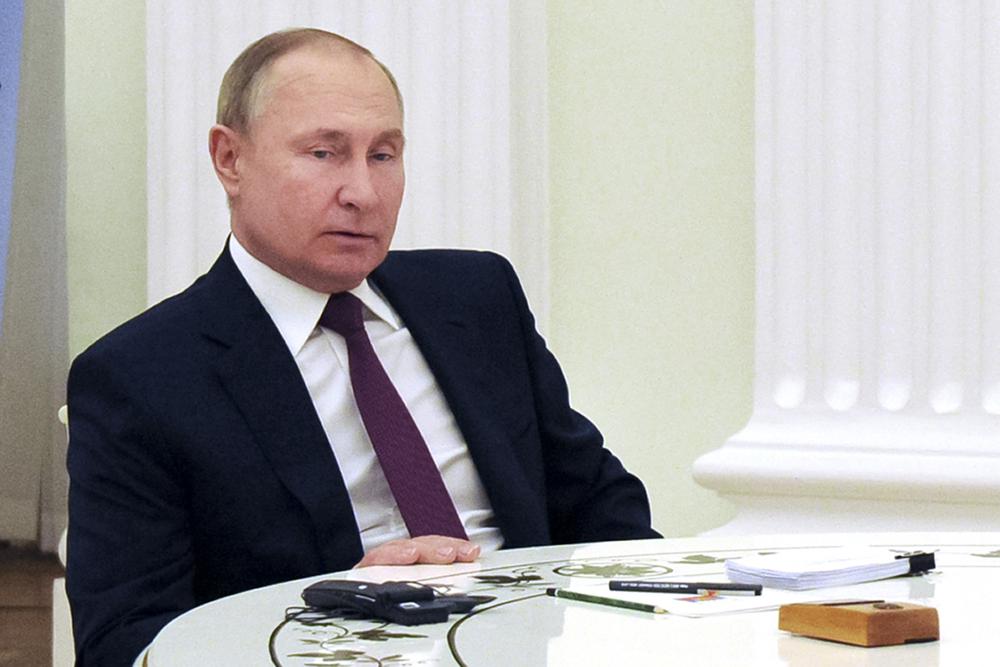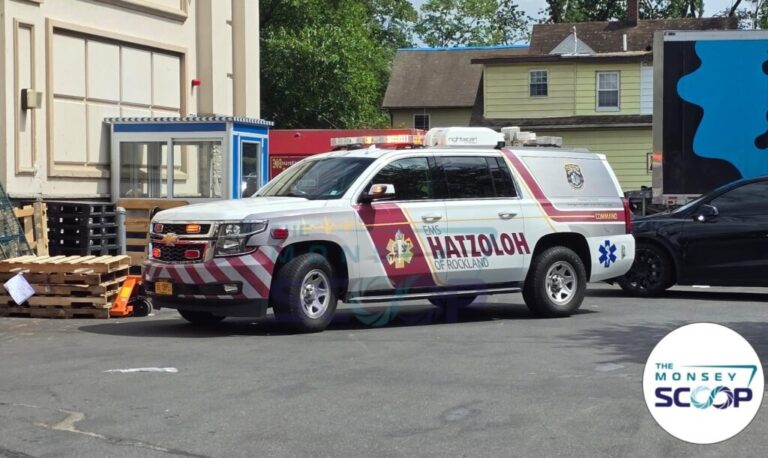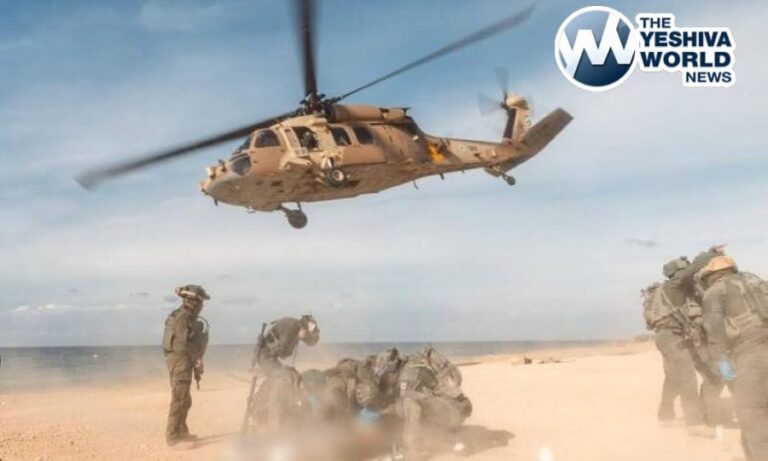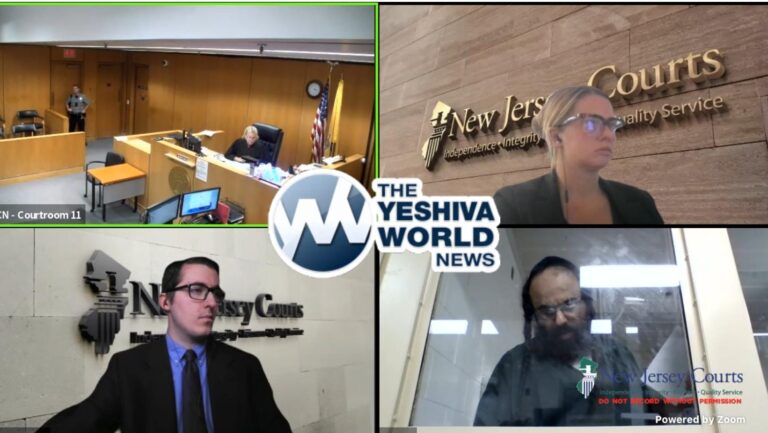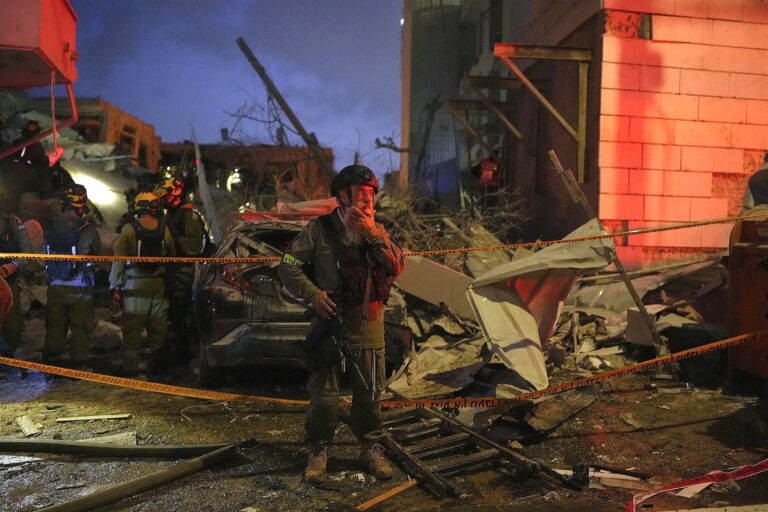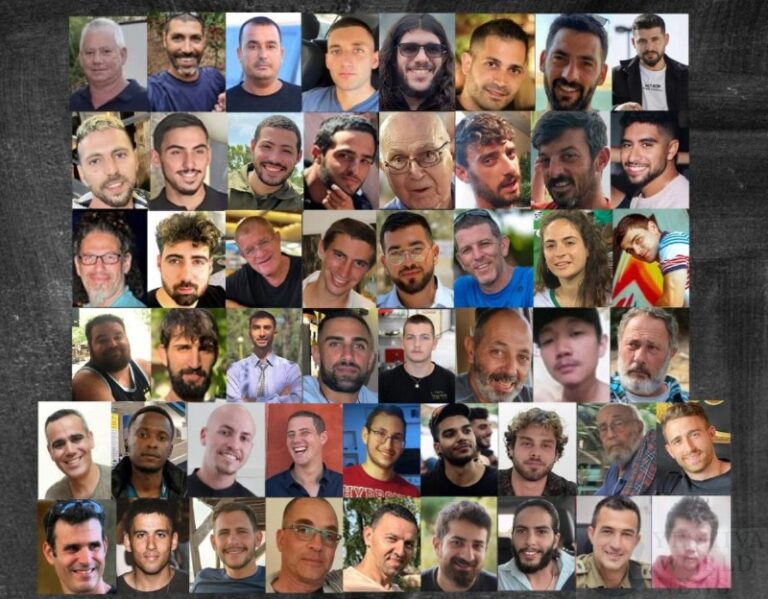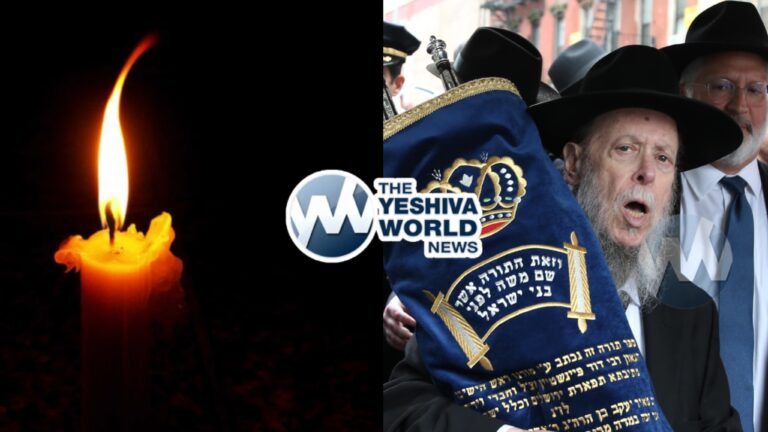Russian President Vladimir Putin said after hosting Germany’s chancellor that Moscow was ready for talks with the United States and NATO on military transparency, missile deployment limits and other security issues.
Putin’s statement on Tuesday added to signs of easing tensions over a Russian military buildup near Ukraine and fears of a possible invasion. Hours earlier, Russia announced that some units participating in military exercises would begin returning to their bases.
The Kremlin had signaled Monday that it was still possible for diplomacy to head off what Western officials have said could be an imminent invasion of Ukraine. But much remains unclear about Russia’s plans and how the crisis will play out.
Here’s a look at what is happening where and why:
WHAT IS HAPPENING WITH RUSSIAN TROOPS?
Russia’s Defense Ministry announced that some units participating in exercises would begin returning to their bases. But it wasn’t immediately clear where exactly these troops were deployed or how many were leaving.
The news came a day after Western officials said some forces and military hardware were moving toward the Ukrainian border, muddying the picture. Russia denies it has any plans to invade Ukraine, despite placing troops on Ukraine’s borders to the north, south and east and launching massive military drills nearby.
Russia has massed more than 130,000 troops near Ukraine. While the U.S. agreed that there was still a possibility of a diplomatic path out, the country, along with the U.K. and other allies, have kept up their warnings that those forces could move on Ukraine at any moment.
At a meeting with Putin on Monday, Russian Foreign Minister Sergey Lavrov indicated that Russia was ready to keep talking about the security grievances it has raised during the crisis.
Asked Tuesday about troops returning to permanent bases after exercises, Lavrov stressed that Russia holds military drills “on its own territory and according to its own plans, they start, go on and end as planned.”
A U.S. defense official said Pentagon analysts were reviewing the situation and had nothing to share publicly at this time. The official spoke on condition of anonymity to discuss internal deliberations.
HOW DO OTHERS SEE THAT?
Speaking alongside Putin in Moscow, German Chancellor Olaf Scholz said: “That we are now hearing that some troops are being withdrawn is in any case a good signal, and we hope that more will follow.”
Scholz didn’t say whether Germany had any evidence a troop pullback was in fact happening.
Ukraine’s leaders voiced skepticism, and others also were cautious.
“Russia constantly makes various statements,” Ukrainian Foreign Minister Dmytro Kuleba said. “That’s why we have the rule: We won’t believe when we hear, we’ll believe when we see. When we see troops pulling out, we’ll believe in de-escalation.”
French government spokesman Gabriel Attal said France was trying to confirm the information about Russian troop movements and he would speak “carefully.”
“But if confirmed, that’s obviously a good thing. That would be a sign of de-escalation, which we have been calling for for several weeks. That would also confirm that we were right to reinitiate dialogue,” Attal said. French President Emmanuel Macron met with Putin in Moscow last week.
NATO Secretary General Jens Stoltenberg said that “so far, we have not seen any de-escalation on the ground, not seen any signs of reduced Russian military presence on the borders of Ukraine.”
Stoltenberg said Russia has in the past moved into areas, like Belarus, with troops and equipment, then pulled back while leaving military material in place for rapid use later. He said that NATO wants to see a “significant and enduring withdrawal of forces, troops, and not least the heavy equipment.”
However, Stoltenberg said there are “some grounds for cautious optimism” for diplomatic efforts given the signals coming from Moscow.
British Prime Minister Boris Johnson said Russia was sending “mixed signals.”
“We are seeing Russian openness to conversations,” Johnson said after a meeting of his government’s COBRA crisis committee. “On the other hand, the intelligence we are seeing today is still not encouraging.”
He said Russia continued to build field hospitals in Belarus near the Ukrainian border, which “can only be construed as preparation for an invasion.”
WHAT IS PUTIN SAYING?
Putin noted after his talks with Germany’s Scholz that the U.S. and NATO rejected Moscow’s demand to keep Ukraine and other ex-Soviet nations out of NATO, halt weapons deployments near Russian borders and to roll back alliance forces from Eastern Europe.
But the U.S. and NATO agreed to discuss a range of security measures that Russia had previously proposed.
Putin said Russia was ready to engage in talks on limiting the deployment of intermediate range missiles in Europe, transparency of drills and other confidence-building measures. But he reemphasized the need for the West to heed Russia’s main demands.
WHAT ELSE IS HAPPENING ON THE DIPLOMATIC FRONT?
Foreign Minister Zbigniew Rau of Poland, currently the chair of the Organization for Security and Cooperation in Europe, met Lavrov in Moscow. Rau said the OSCE has offered multilateral talks aimed at easing tensions.
Ukraine’s foreign minister hosted his Italian counterpart. Japanese Prime Minister Fumio Kishida said he conveyed to Zelenskyy during a phone call Japan’s strong support for diplomatic efforts and sanctions against Russia in case of aggression.
WHAT DO RUSSIAN LAWMAKERS WANT?
Russian lawmakers called on Putin to recognize rebel-held areas in eastern Ukraine, the two self-proclaimed Donetsk and Luhansk People’s Republics, as independent states. The State Duma, Russia’s lower house of parliament, voted Tuesday to submit an appeal to Putin to that effect, put forward earlier by Russia’s Communist party.
Kyiv isn’t fulfilling the Minsk agreements, mediated by Germany and France in an effort to bring peace to eastern Ukraine, and “our citizens and compatriots that live in Donbas need help and support,” State Duma speaker Vyacheslav Volodin said on the Telegram messaging app.
Volodin said the document will be submitted to Putin “immediately.”
Putin said the motion reflects the Russian public’s concern about people living in eastern Ukraine. He noted, however, that Russia continues to believe that a 2015 peace deal brokered by France and Germany should serve as the main vehicle for resolving disputes over eastern Ukraine.
Scholz said that a process to shore up that agreement “should be supported by everyone and held up by no one.”
“Of course, if the resolution the (Russian) parliament agreed to today became reality, that would mean flouting the Minsk agreement,” Scholz added. “I think all involved know that … then the process would be broken off and ended, and that would be a political catastrophe.”
WHAT’S THE FEELING IN MOSCOW?
While the U.S. has warned that Russia could invade Ukraine any day, the drumbeat of war is all but unheard in Moscow, where pundits and ordinary people alike don’t expect Putin to attack Russia’s ex-Soviet neighbor.
The Kremlin has cast the U.S. warnings of an imminent attack as “hysteria” and “absurdity,” and many Russians believe that Washington is deliberately stoking panic and fomenting tensions to trigger a conflict for domestic reasons.
Putin’s angry rhetoric about NATO’s plans to expand to Russia’s “doorstep” and its refusal to hear Moscow’s concerns has struck a chord with the public, tapping into a sense of betrayal by the West after the end of the Cold War and widespread suspicion about Western designs.
(AP)

